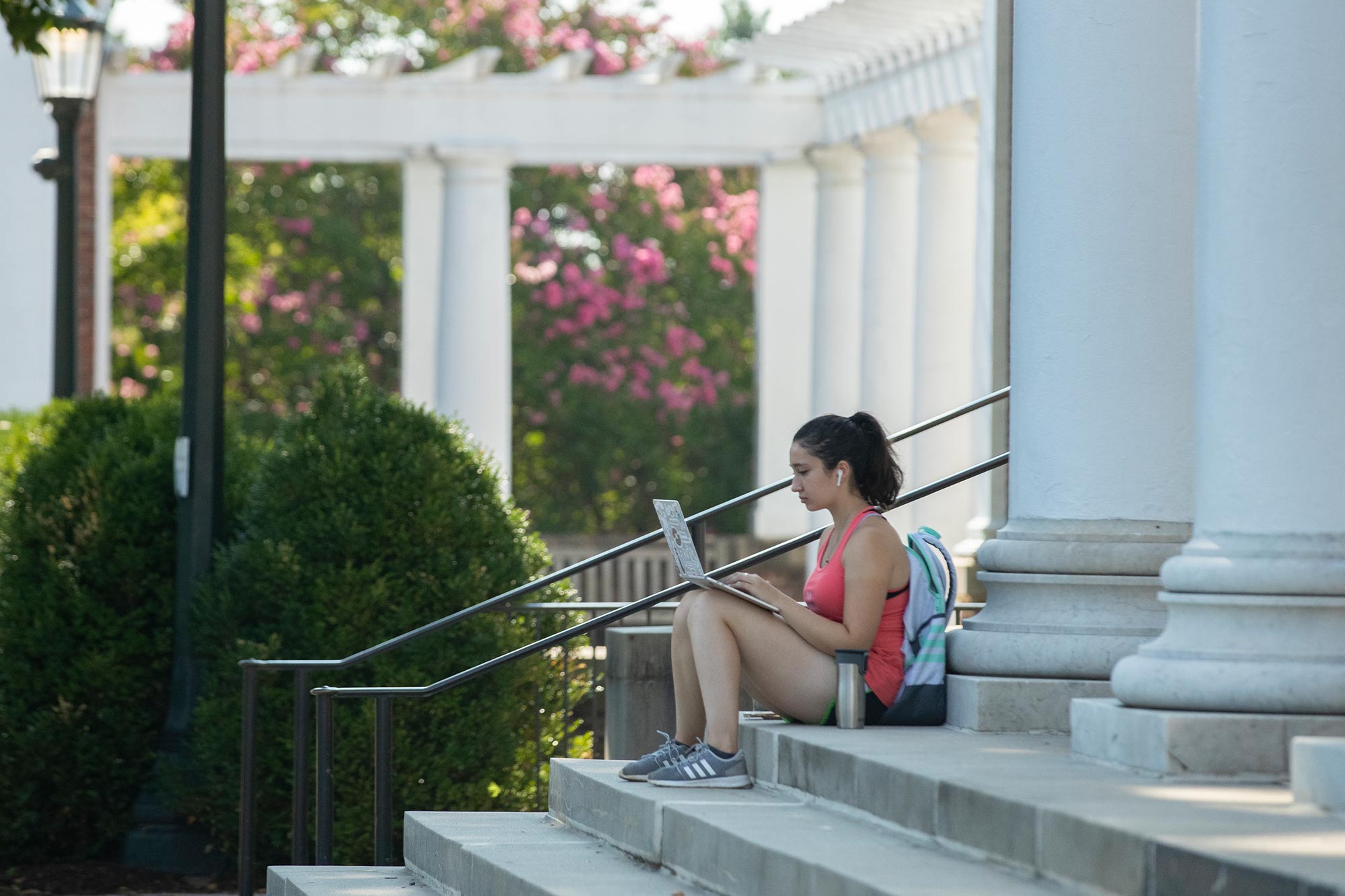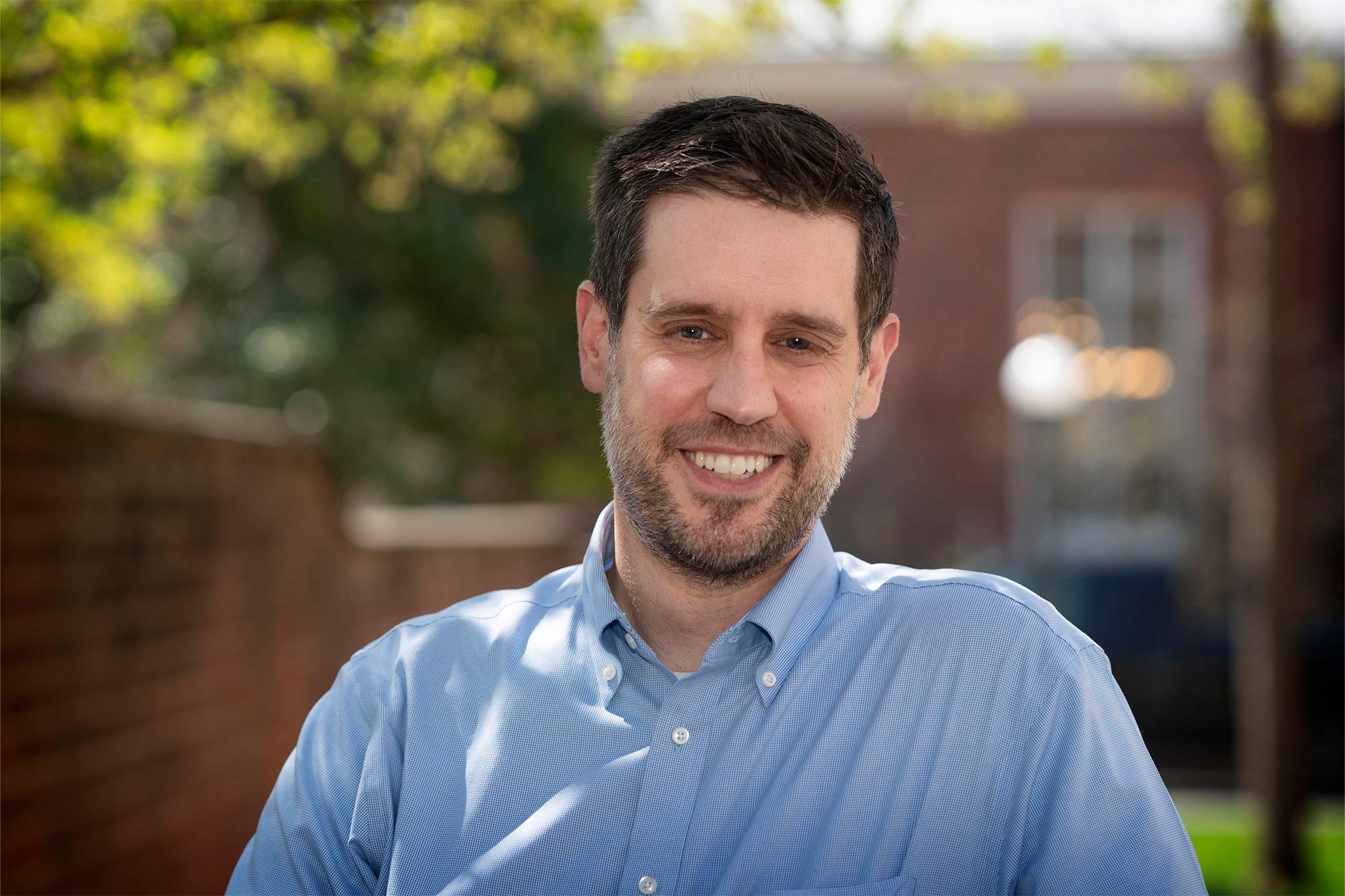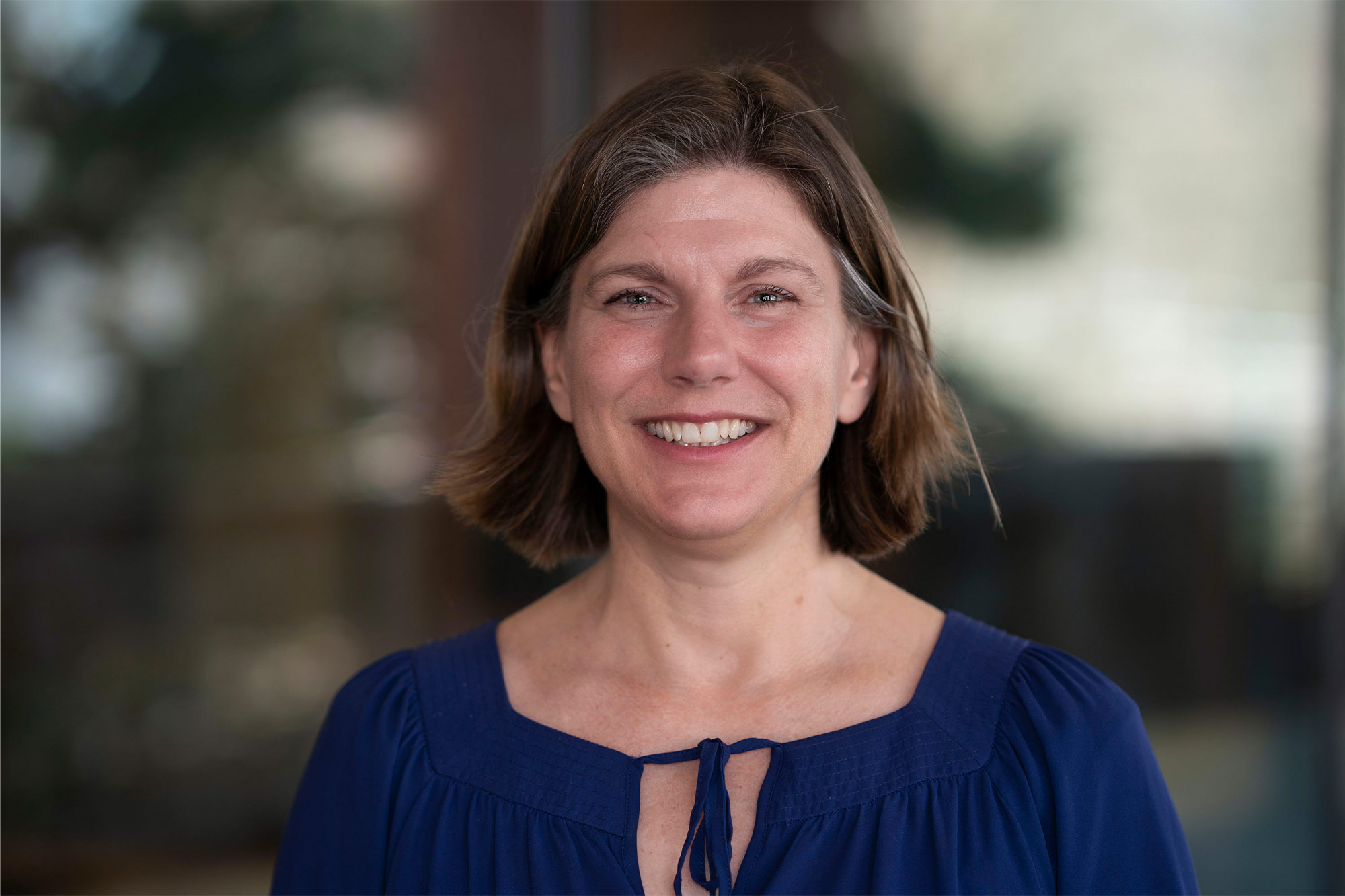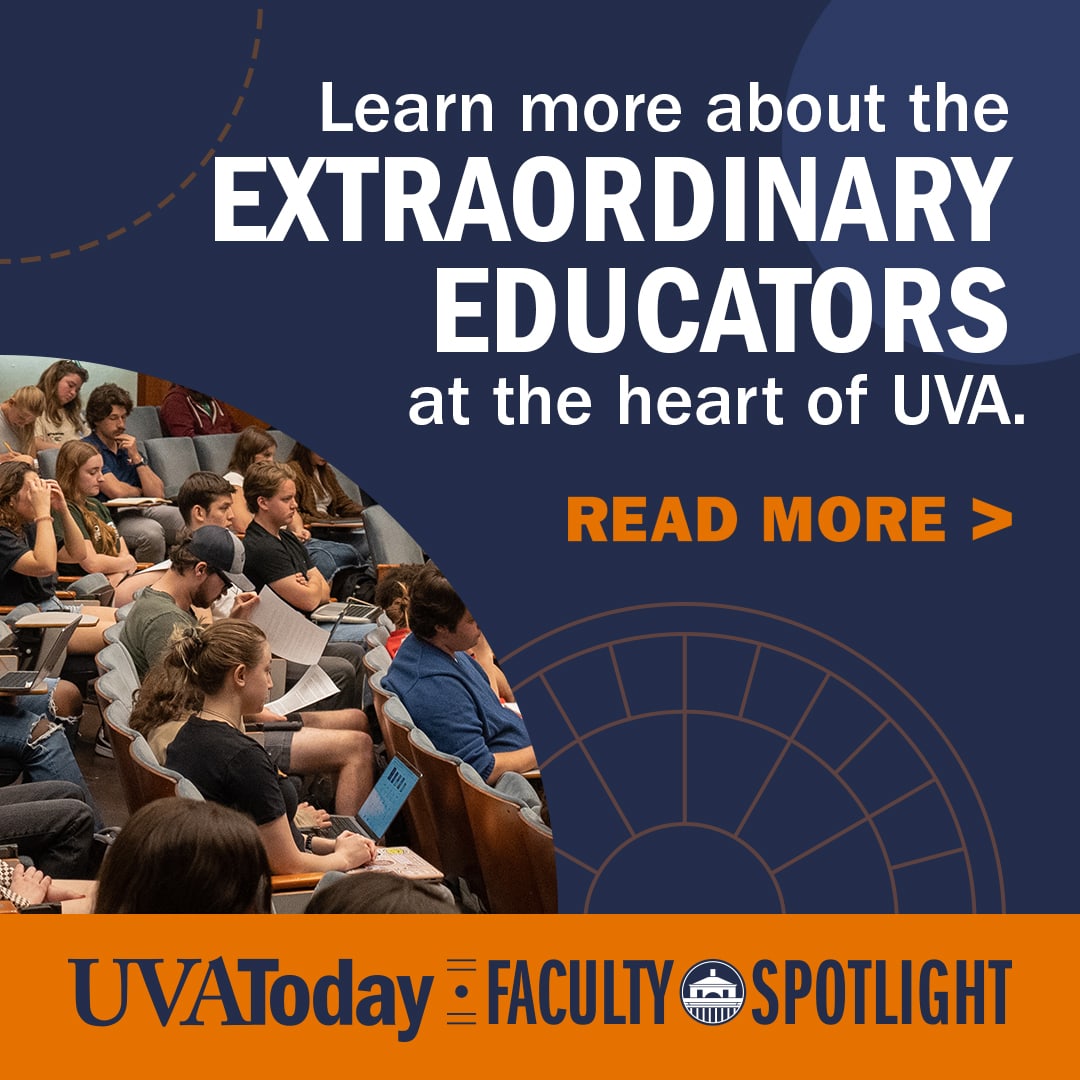As artificial intelligence applications rapidly become an issue at universities around the country, Ian Baucom, the University of Virginia’s executive vice president and provost, has appointed a seven-member task force to address concerns about its impact on education on Grounds.
Artificial intelligence applications, such as ChatGPT, can research a topic by scanning information online and then write seemingly original documents that closely mimic human efforts. Academics have been concerned about the impacts the technology could have on classroom learning and student reports.
“Generative artificial intelligence has arrived and many of us are experimenting with tools such as ChatGPT and DALL-E,” Baucom said in his letter to the faculty announcing the task force. “Faculty and graduate instructors are eager to learn how this technology might be harnessed to enhance instruction and how to best ensure that students use these tools appropriately.”
On Baucom’s direction, Brie Gertler, the vice provost for academic affairs, formed the task force with Natasha Heny, an associate professor in the School of Education and Human Development, and Andrew Pennock, an associate professor in the Batten School of Leadership and Public Policy, as co-chairs.
The task force will host a series of town hall discussions about the opportunities and challenges that generative AI creates for University-level teaching and learning. These discussions are aimed at deepening the community’s understanding of generative AI, provide insights into how AI tools are evolving, and inspiring fresh ideas about harnessing it to improve student learning. This series of six virtual town hall meetings and questionnaires will also gather data on to how faculty and students are reacting to and using artificial intelligence applications. The task force also has two research assistants investigating how other universities are responding to artificial intelligence.
“We have to pull it all together and make recommendations,” Heny said.












